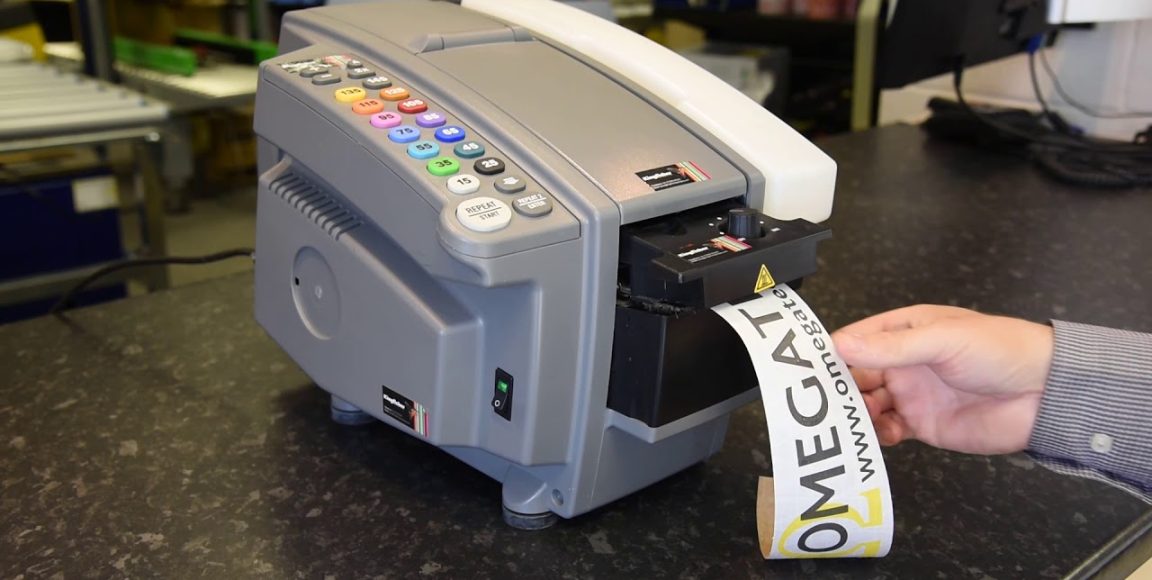In today’s fast-paced business environment, efficiency and accuracy are crucial factors that can make or break the success of your operations. When it comes to labeling and organizing items, a tape printer can be a valuable asset. However, with a wide range of options available in the market, choosing the right tape printer for your business needs can be a daunting task. This blog aims to provide you with valuable insights and considerations to help you make an informed decision.
Understand Your Labeling Requirements
Before diving into the world of tape printers, it’s essential to understand your specific labeling requirements. Evaluate the type of items you need to label, the volume of labels you will be printing, and any specific features you may need, such as barcode printing or color coding. This understanding will serve as a foundation for selecting the most suitable tape printer for your business.
Consider Print Technology
Tape printers utilize different printing technologies, such as thermal transfer and direct thermal printing. Thermal transfer printing involves using a thermal ribbon to transfer ink onto the label, while direct thermal printing uses heat-sensitive paper to create labels. Each technology has its advantages and limitations, so consider factors like durability, longevity, and print quality to determine which technology aligns best with your business needs.
Evaluate Print Speed and Volume
The speed and volume at which you need to print labels play a crucial role in selecting the right tape printer. Assess your label printing requirements in terms of daily output and the urgency of printing tasks. If you have high-volume printing needs or require fast label production, opt for a tape printer with higher printing speeds and larger label roll capacity to minimize downtime.
Label Size and Compatibility
Label size and compatibility are critical factors to consider. Assess the range of label sizes you require for your business operations and ensure that the tape printer you choose can accommodate those sizes. Additionally, check if the printer is compatible with the label materials you commonly use, such as paper, vinyl, or polyester, to ensure seamless printing without any compatibility issues.
Software and Connectivity Options
Examine the software capabilities and connectivity options provided by the tape printer. Look for features like easy integration with existing systems, compatibility with different operating systems, and support for industry-standard label design software. These features can simplify the label creation process and streamline your workflow.
Durability and Maintenance
Consider the durability and maintenance requirements of the tape printer. Depending on your business environment, you may need a printer that can withstand harsh conditions, such as extreme temperatures or moisture. Additionally, evaluate the ease of maintenance, availability of replacement parts, and the reputation of the manufacturer for after-sales support to ensure the longevity and reliability of your investment.
Cost Considerations
While cost should not be the sole deciding factor, it is essential to consider the overall cost of owning a tape printer. Evaluate the initial investment, ongoing consumables cost (such as labels and ribbons), and any additional software or accessories required. It’s crucial to strike a balance between affordability and meeting your business requirements without compromising on quality.
Conclusion
Choosing the right tape printer for your business needs requires careful consideration of various factors, including your specific labeling requirements, print technology, speed, compatibility, software capabilities, durability, and cost. By evaluating these aspects, you can make an informed decision and invest in a tape printer that optimizes efficiency, accuracy, and productivity in your operations. Remember to explore different options, read customer reviews, and seek expert advice to find the perfect tape printer that aligns with your business goals and objectives.


